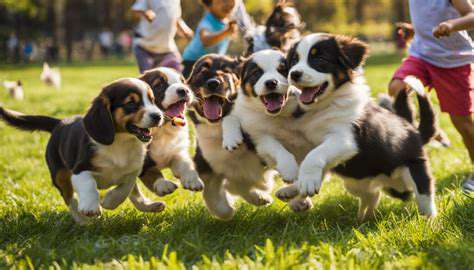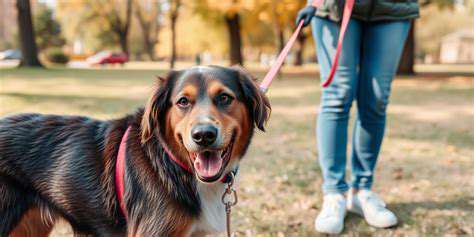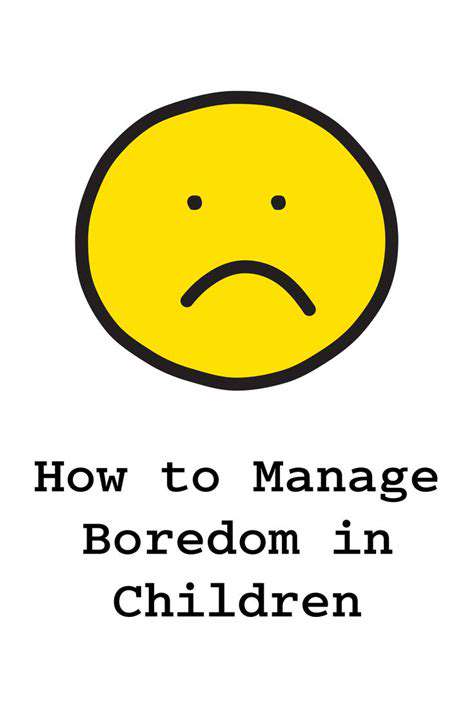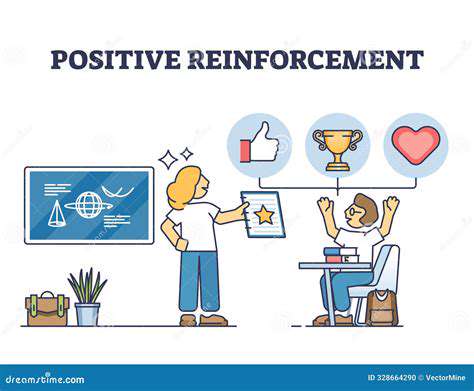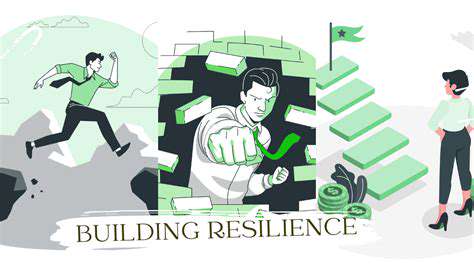We provide practical advice and step-by-step guides on socialization, obedience training, and behavior management. Our goal is to empower you with the knowledge and tools needed for a strong, positive relationship with your puppy.
Involving the Whole Family in Puppy Socialization
Jul 12, 2025
Understanding the Root Causes of Destructive Behavior in Dogs
Jul 12, 2025
Building Confidence: Socializing Your Puppy in New Environments
Jul 12, 2025
Creating Positive Human Connections for Your Puppy
Jul 12, 2025
Exploring the World of Dog Sports: Finding the Right Activity for Your Dog
Jul 11, 2025
Socializing Your Puppy with Other Pets in the Family
Jul 11, 2025
From Chaos to Calm: Addressing Destructive Chewing in Adult Dogs
Jul 11, 2025
Choosing the Right Equipment for Leash Training Your Adult Dog
Jul 10, 2025
Socializing Your Puppy (Safely) in Different Weather Conditions
Jul 10, 2025
When to Seek Professional Help for Basic Obedience Training
Jul 10, 2025
Creating a Safe and Comfortable Space for Your Dog When Left Alone
Jul 10, 2025
Socializing Your Puppy with Strangers: Building Trust and Confidence
Jul 09, 2025
Socializing Your Puppy with Toddlers: Supervision and Safety First
Jul 09, 2025
Introducing Your Puppy to Reflective Surfaces and Mirrors
Jul 09, 2025
Avoiding Overstimulation: Controlling the Pace of Your Puppy's Social Experiences
Jul 08, 2025
Getting Your Puppy Comfortable with Crates and Carriers Without Fear
Jul 08, 2025
Keeping Puppy Socialization Sessions Short and Positive
Jul 08, 2025
The Long Term Benefits of Early Puppy Socialization: Raising Well Behaved Adult Dogs
Jul 07, 2025
Building a Strong Bond Through Agility Training
Jul 07, 2025
Hot Recommendations
-
*The Impact of Early Socialization on a Dog's Interaction with Other Animals
-
*Car Travel and Puppy Socialization: Making the Journey a Positive Experience
-
*The Importance of Early Environmental Exposure for Puppy Development
-
*Taking Your Puppy to the Vet: Positive Socialization Strategies
-
*Making Training a Positive Experience for Your Puppy
-
*Public Transportation and Puppy Socialization: A Step by Step Guide
-
*Safe Socialization: Allowing Others to Pet Your Puppy
-
*Helping a Puppy Who Struggles with "Stay"
-
*Positive Puppy Interactions: Making Meetings with New Friends Fun
-
*No Treats Needed? Training Basic Commands with Verbal Praise
